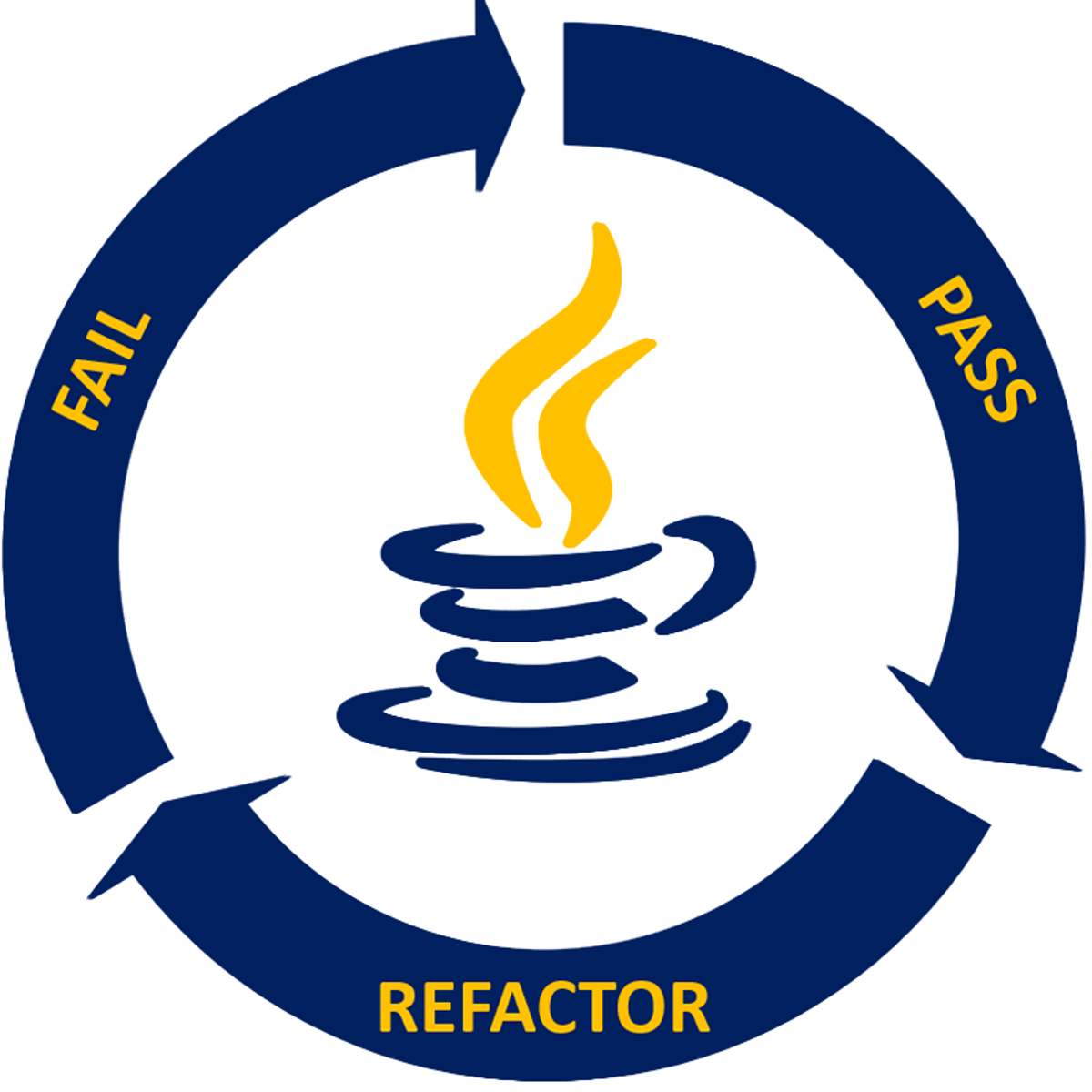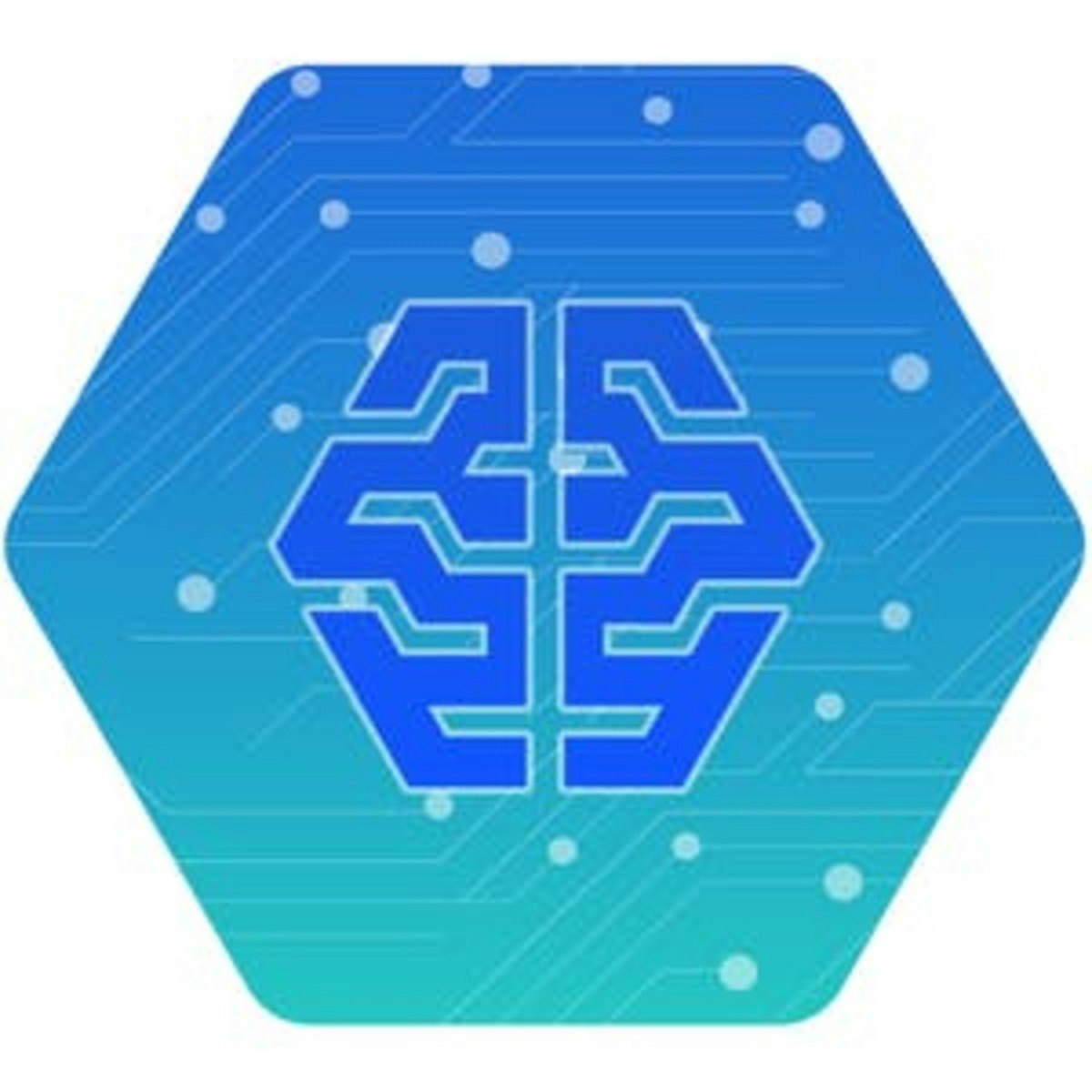Back to Courses









Cloud Computing Courses - Page 18
Showing results 171-180 of 930

Java Testing: An Introduction to TDD
Test Driven Development (TDD) is an industry accepted technique to build Enterprise Applications and enhance quality. This course will introduce a test first approach for the development of Java artifacts and explain the benefits of adopting such a technique

Creating Advanced Data Transformations using Cloud Dataprep
This is a self-paced lab that takes place in the Google Cloud console.
In this lab, you will build upon a previous flow and learn some advanced tactics for preparing data.

Cloud Filestore: Qwik Start
This is a self-paced lab that takes place in the Google Cloud console. Cloud Filestore is a managed file storage service for applications that require a filesystem interface and a shared filesystem for data. Filestore gives users a simple, native experience for standing up managed Network Attached Storage (NAS) with their Google Compute Engine and Kubernetes Engine instances.

Getting Started with Cloud Shell and gcloud
This is a self-paced lab that takes place in the Google Cloud console. In this hands-on lab you will learn how to connect to computing resources hosted on Google Cloud Platform via the web. You will also learn how to use Cloud Shell and the Cloud SDK gcloud command. For a preview, watch the short video Get Started with Cloud Shell, GCP Essentials.

Detecting Attacks with Cloud IDS then Block with Cortex XSOAR
This is a self-paced lab that takes place in the Google Cloud console.
Simulate multiple attacks, view the threat details with Cloud IDS, then configure XSOAR pub/sub and Compute Engine integration instances to block the attacks with Cortex XSOAR by Palo Alto Networks

Container Orchestration using Kubernetes
Welcome to "Container Orchestration using Kubernetes".
In this guided project you will learn how to use various Kubernetes objects like pods, replication controller, deployments and services to deploy your application. The task-based approach that we follow in our guided project will get you a better understanding of Kubernetes concepts that comes very handy while working on your real-life projects. Most importantly you will leave this course with more confidence that will get you to work in Kubernetes more efficiently.
If you have questions about course content, please post them in the forums to get help from others in the course community. For technical problems with the Coursera platform, visit the Learner Help Center.
Good luck as you get started, and I hope you enjoy the course!
Happy learning !!!!!

Working with Data
Start building applications (apps) that connect to data sources. Learn how client-server communications work and practice reaching out to external data sources with requests for data. You’ll apply techniques for working with APIs by building simple apps that use data.

Data Loss Prevention: Qwik Start - JSON
This is a self-paced lab that takes place in the Google Cloud console. The Data Loss Prevention API provides programmatic access to a powerful detection engine for privacy-sensitive data. In this lab, you will learn how to use this API to inspect a string of data for sensitive information.

Working with Data in iOS
In this course, you’ll move outside of the platform and begin working with integrations like web frameworks, tools and asynchronous programming techniques.
By the end of this course, you’ll be able to:
-Demonstrate a working knowledge of how Swift applications communicate over the web
-Apply asynchronous programming techniques using Swift
-Utilize a variety of methods to take advantage of the Core Data package in a Swift application
-Add connections from an app to other languages to provide access to custom built web APIs and database management systems through both the Django REST framework and Swift
You’ll gain experience with the following tools and software:
-Swift database features and tools
-Web communication technologies such as HTTP
-SQL CRUD operations
-Programming languages like JSON, Python and Django
-Database web developer tools such as CloudKit, RxSwift and Swift libraries
-Core data
-Fetching

Modernizing Data Lakes and Data Warehouses with Google Cloud
The two key components of any data pipeline are data lakes and warehouses. This course highlights use-cases for each type of storage and dives into the available data lake and warehouse solutions on Google Cloud in technical detail. Also, this course describes the role of a data engineer, the benefits of a successful data pipeline to business operations, and examines why data engineering should be done in a cloud environment.
This is the first course of the Data Engineering on Google Cloud series. After completing this course, enroll in the Building Batch Data Pipelines on Google Cloud course.
Popular Internships and Jobs by Categories
Find Jobs & Internships
Browse
© 2024 BoostGrad | All rights reserved